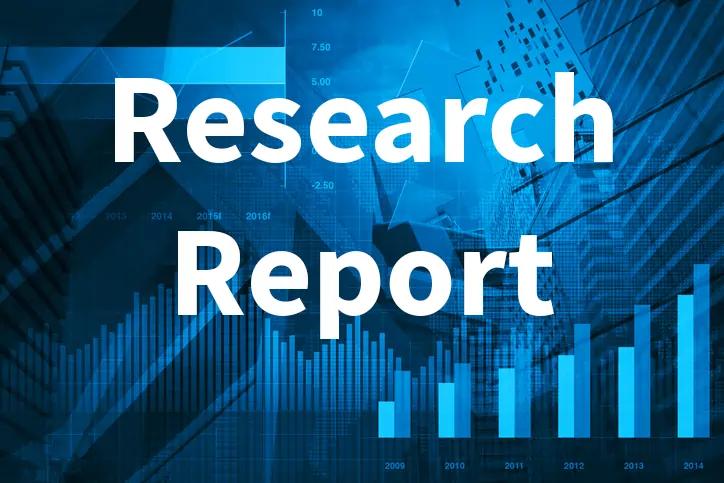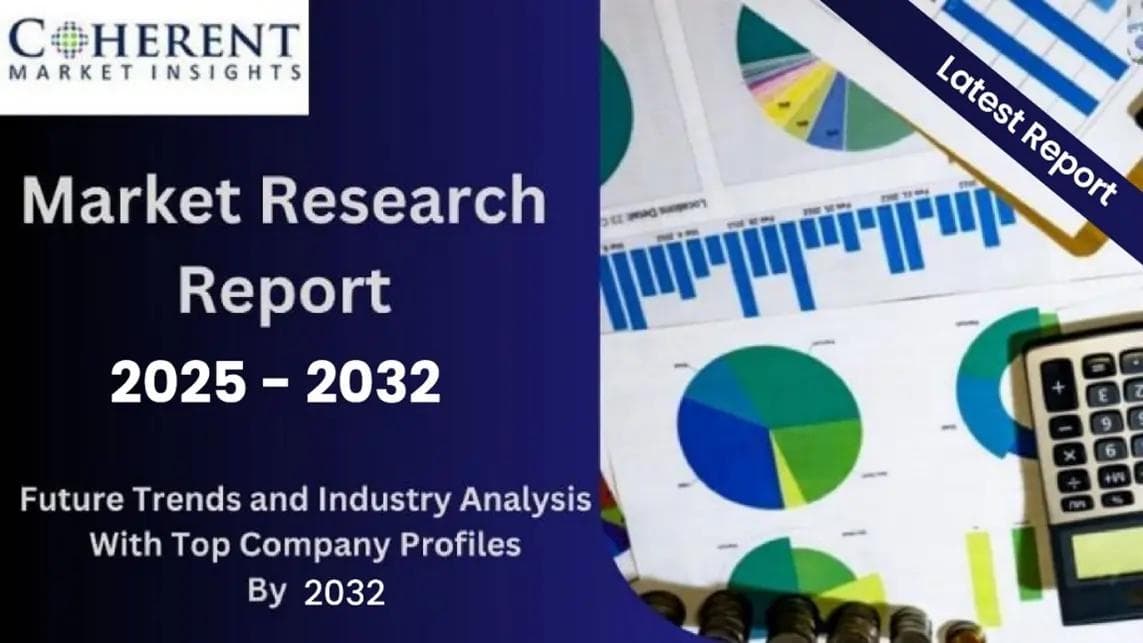Rare Disease Treatment Market to Surpass $412.59 Billion by 2034, Expanding at 8.5% CAGR
Rare Disease Treatment Market to Surpass $412.59 Billion by 2034, Expanding at 8.5% CAGR
Published by Jessica Weisman-Pitts
Posted on April 8, 2025

Published by Jessica Weisman-Pitts
Posted on April 8, 2025

Fact.MR’s latest study reveals that the global rare disease treatment market size is forecasted to increase from a value of US$ 182.28 billion in 2024 to US$ 412.59 billion by the end of 2034. Market expansion has been projected at a CAGR of 8.5% from 2024 to 2034. Increasingly efficient diagnostic procedures, advancements in genetic and molecular research, and the development of novel therapeutic methods are among the key factors pushing the rare disease treatment market forward.
Personalized medicine, genomics, and biotechnology advancements are creating new avenues for the treatment of rare diseases. Favorable policies that encourage pharmaceutical companies to develop treatments for rare diseases include fast-track approvals and orphan drug designations. The use of multiple distribution channels, such as online pharmacies, specialty pharmacies, and hospital pharmacies, is driving up demand for rare disease treatment. This streamlines the development and commercialization processes.
Introduction of novel drugs and cutting-edge therapies, as well as the increase in rare disease cases and immunization campaigns, are all contributing factors to market expansion. Demand for rare disease treatments is not limited to developed countries but also extends to developing countries. The increasing involvement of businesses in the industry is one factor contributing to the rise in demand for treatments for rare diseases.
For More Insights into the Market, Request a Sample of this Report: https://www.factmr.com/connectus/sample?flag=S&rep_id=10029
Key Takeaways from the Market Study:
“Increased research funding, advancements in personalized medicine, and supportive regulatory policies are fueling the growth of the rare disease treatment market. This is driving innovation and enhancing treatment accessibility,” says a Fact.MR analyst.
Originator Drugs Facilitating Targeted Treatment for Specific Inherited or Uncommon Disorders
Originator drugs are exclusive to the pharmaceutical company that discovered them and are covered by a patent. These drugs are used to treat uncommon illnesses for which there were no known effective treatments in the past. Rare diseases often have no effective treatment because they are not commonly observed. Originator medications bridge this gap by providing targeted treatment for specific inherited or uncommon disorders.
Get Customization on this Report for Specific Research Solutions: https://www.factmr.com/connectus/sample?flag=S&rep_id=10029
More Valuable Insights on Offer
Fact.MR, in its new offering, presents an unbiased analysis of the rare disease treatment market for 2018 to 2023 and forecast statistics for 2024 to 2034.
The study divulges the rare disease treatment market based on therapeutic area (hematology, genetic diseases, neurological diseases, oncology, infectious diseases, inflammatory diseases, metabolic diseases, pulmonary diseases, kidney diseases, musculoskeletal diseases, endocrine diseases, topical diseases), drug type (originator drugs, generic drugs), drug class (biologics, organic compounds), mode of administration (injectables, oral), and distribution channel (hospital pharmacies, specialty treatment pharmacies, retail pharmacies), across six major regions of the world (North America, Latin America, Europe, East Asia, South Asia & Oceania, and MEA).
Key Companies Profiled:
Novartis AG; AbbVie; Bristol Myers Squibb; BioMarin; Amgen Inc.; PTC Therapeutics; AstraZeneca; GlaxoSmithKline Plc; Amgen Inc.; Pfizer Inc.; Johnson & Johnson
Industry News:
As per the Canadian Organization for Rare Disorders (CORD) Report 2021, approximately 1 in 12 individuals in Canada is impacted by rare diseases annually, with approximately 80% attributed to genetic mutations. Due to the substantial prevalence of rare diseases in the country, demand for effective treatment solutions is projected to rise over the forecast period.
Explore More Related Studies Published by Fact.MR Research:
The global vaginal slings market is expected to reach USD 3,728 million by 2035, up from USD 2,256 million in 2024. During the forecast period (2025 to 2035), the industry is projected to expand at a CAGR of 4.7%.
The global multimodal imaging market is expected to reach USD 4,678 million by 2035, up from USD 2,976 million in 2024. The industry is projected to expand at a Compounded Annual Growth Rate (CAGR) of 4.2% during the forecast period.
The global epirubicin market is expected to reach USD 323.1 million by 2035, up from USD 214.7 million in 2024. During the forecast period (2025 to 2035), the industry is projected to expand at a CAGR of 3.8%.
The global antibody fragments market is expected to reach USD 16,607 million by 2035, up from USD 8,563 million in 2024. During the forecast period (2025 to 2035), the industry is projected to expand at a CAGR of 6.2%.
The global trauma care centers market is expected to reach USD 36,745 million by 2035, up from USD 16,205 million in 2024. During the forecast period (2025 to 2035), the industry is projected to expand at a CAGR of 7.7%.
Explore more articles in the Research Reports category











